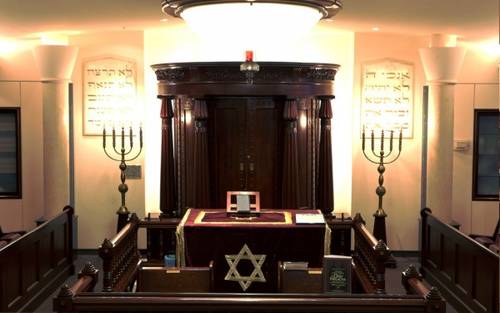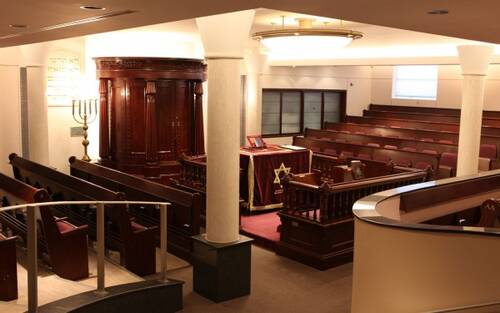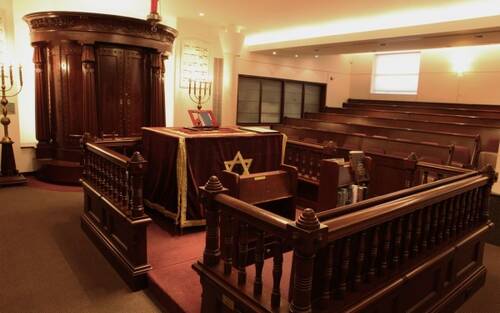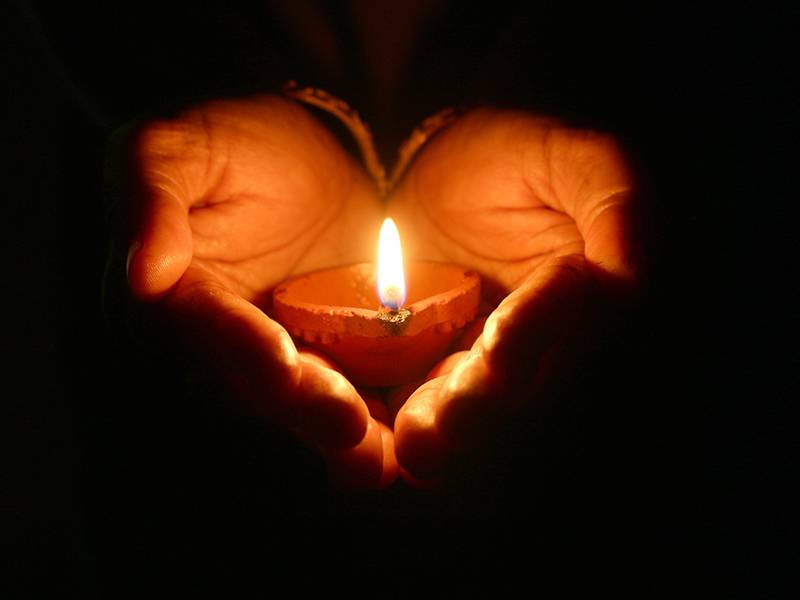Bonjour / Hello [nickname_else_first_name]
Table of contents
1) Perashat Hashavoua - Rabbi Eli Mansour
2) Halakhat Hashavoua (Halakhot related to day to day life) By Hazzan David Azerad
-- The Sukka as Commemoration of the Booths in the Wilderness and the Clouds of Glory
Peninei Halacha
3) Holy Jokes!
4) For KIDS

This Week's Parasha Insight with Rabbi Eli Mansour
Sukkot and the War of Gog U’maggog
The prophecy read as the Haftara for Shabbat Hol Ha’mo’ed Sukkot is from the Book of Yehezkel (chapters 38-39), and it foresees a series of major battles which will take place in the Land of Israel before the arrival of Mashiah. Yehezkel describes how two nations will fight against one another in the Land of Israel, though it will not directly involve the Jewish People.
The Malbim (Rav Meir Leibush Wisser, 1809-1879), his commentary to Yehezkel, explains that these wars will be waged between the kingdoms of Edom (the kingdom founded by Esav) and Yishmael – meaning, between the western, Christian world, and the Arab world. This will occur, the Malbim writes, after the Jewish People return to the Land of Israel, and the kingdoms of Edom and Yishmael will fight against each other for control of Jerusalem. We see this prophecy’s fulfillment gradually unfolding in our times, as the Jews have returned to the Land of Israel and established sovereignty there, and tensions are building between the West and the Arab world.
This war will result in an enormous number of casualties, and will be followed by the arrival of Mashiah, who will bring peace and serenity to the world, and under whose kingship all mankind will recognize and serve the one, true G-d.
The question arises as to why this prophecy is read on Sukkot. What connection is there between the war of Gog U’maggog and the festival of Sukkot?
The answer is found in a remarkable observation made by the Gaon of Vilna (Rav Eliyahu of Vilna, 1720-1797) regarding the special sacrifices brought over the course of Sukkot. As the Torah outlines in Parashat Pinhas (Bamidbar 29), a large number of animals were offered as the Musaf sacrifices each day of Sukkot. These included a total of seventy bulls, which, our Sages teach, were offered on behalf of the seventy gentile nations. The sacrifices also included one goat brought each day of Sukkot as a sin-offering. The Gaon of Vilna noted that two different expressions are used to refer to these goats. The goat offered on the first, second and fourth days of Sukkot is referred to by the term "Se’ir Izim," whereas the goat offered on the third, fifth, sixth and seven days is called simply, "Se’ir." The Gaon explained that the word "Se’ir" on its own alludes to Esav, who was also called by the name "Se’ir." The term "Se’ir Izim," by contrast, refers to Yishmael. Now on the first, second and fourth days of Sukkot, a total of 35 bulls were offered (13 on the first day, 12 on the second, and 10 on the fourth). This same number of bulls were offered on the third, fifth, sixth and seventh days (11 on the third, 9 on the fifth, 8 on the 6th, and 7 on the seventh). The Gaon explained that all the gentile nations are aligned with either Edom or Yishmael, such that exactly half of the 70 bulls offered on Sukkot correspond to Edom, and precisely half correspond to Yishmael.
Understandably, then, we read the prophecy of the war of Gog U’maggog on Sukkot – because the sacrifices offered on this holiday reflect the historical tension between the two kingdoms of Edom and Yishmael, who will wage this fierce battle.
Our Sages have taught us that prophecies predicting blessing and prosperity will always be fulfilled, whereas prophecies of calamity and tragedy can be averted through Teshuba (repentance). It thus follows that the dreadful war of Gog U’maggog – which, according to some commentators, will result in 60 million casualties, and according to others, in the death of one-third of the world’s population – can be avoided. By reaffirming our commitment to faithfully obey the Misvot, study Torah and perform acts of kindness, we will, please G-d, be worthy of protection from this war as well as from all crisis and hardship, Amen.
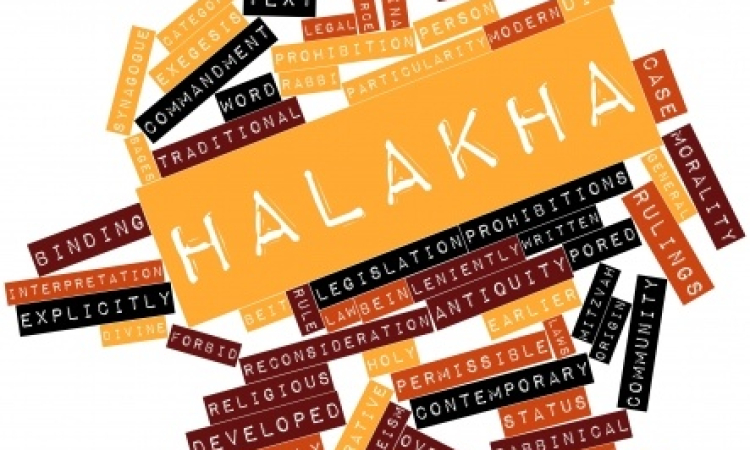
Halachot this week are selected and Translated by Hazzan David Azerad
The Sukka as Commemoration of the Booths in the Wilderness and the Clouds of Glory - Peninei Halacha
The Torah explains the mitzva to dwell in the sukka for seven days: “In order that future generations may know that I made the Israelites dwell in sukkot when I brought them out of the land of Egypt, I the Lord your God” (Vayikra 23:43). There is a disagreement in the Mishna as to what is meant by “sukkot.” According to R. Eliezer, they refer to the clouds of glory (“ananei ha-kavod”) that sheltered Israel in the wilderness; according to R. Akiva, they refer to the actual booths in which the Israelites dwelt when they left Egypt (Sukka 11b). Both positions can be supported by the verses:
Now when Pharaoh let the people go…they set out from Sukkot [i.e., they had built sukkot] and encamped at Etam, at the edge of the wilderness. The Lord went before them in a pillar of cloud by day, to guide them along the way, and in a pillar of fire by night, to give them light, that they might travel day and night. The pillar of cloud by day and the pillar of fire by night did not depart from before the people [i.e., they were protected by the clouds of glory]. (Shemot 13:17, 20-22)
In the opinion of R. Akiva, the mitzva of sukka commemorates the booths that Israel built to shelter themselves from sun and rain, reminding us of our humble beginnings, when God took us out of Egypt and led us from slavery to freedom, and when we wandered in the wilderness for forty years, sheltering in temporary booths to protect us from the sun and rain, without houses or inherited estates. By commemorating this, we will thank God for bringing us to the good and spacious land, a land where we could build homes and plant trees. Remembering our humble accommodations in booths helps ensure that the bounty of the good land will not cause us to become arrogant and forget God. Rather, we will recall that all is in His hands; He gave us the strength to conquer and settle the land, to eat its fruits and be satisfied by its bounty (Rashbam, Vayikra 23:43). This commemoration also redounds to the credit of Israel, who followed God into the uncultivated wilderness (Rabbeinu Baḥya ad loc.).
In the opinion of R. Eliezer, the mitzva of sukka commemorates the great miracle that God performed for Israel by providing clouds of glory to protect and guide them in the wilderness, as we read, “The Lord’s cloud kept above them by day, as they moved on from the camp” (Bamidbar 10:34). The clouds of glory expressed God’s love for us. Not only did He provide us with all our needs in the wilderness for forty years, with manna, quail, and the well, but His Shekhina also dwelt in our midst, and He covered us with clouds of glory, sheltering and protecting us (Ramban, Vayikra 23:43). The Sages state, “There were seven clouds of glory with Israel…one in each of the four directions, one above, one below, and one in front, clearing the way for them” (Mekhilta De-Rashbi, Shemot 13:21; Sifrei, Be-ha’alotekha 83). They further state that due to the merit accrued by Israel in following God into the wilderness, He enveloped them in clouds of glory (Zohar III 103b).
A cloud both reveals and conceals. On one hand, it is an expression of the Shekhina, but at the same time it conceals the intense divine illumination so that we can absorb it gradually. This is how God reveals Himself to us. First, He radiates a powerful illumination upon us, but since it is too powerful for us to comprehend, He masks it, so the light reaches us in accordance with our ability to absorb it. It is like the sun, which provides the world with energy, but since we cannot withstand its intensity, God created the atmosphere to protect us from its rays. This idea is alluded to in the verse (Tehilim 84:12), “For the Lord God is sun and shield.” (See Tanya, Sha’ar Ha-yiḥud Ve-ha’emuna, ch. 4.)
The sukka’s sekhakh also alludes to this. Physically, it protects us from most of the sun’s light, but it is not completely impenetrable, so that we can enjoy the light. Spiritually as well, the sekhakh protects us from most of the “enveloping light” (or makif) revealed on Sukkot, allowing us to absorb it according to our abilities .
Bevirkat Shabbat Shalom Umevorach
Moadim Lesimcha
David Azerad
3) HOLY JoKeS!!
Selection of funny snippets, loosely related to this weeks parashah or current events, to brighten your day
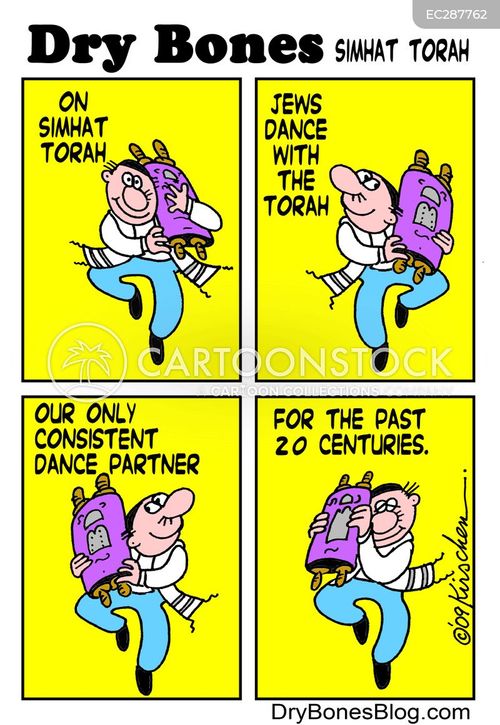
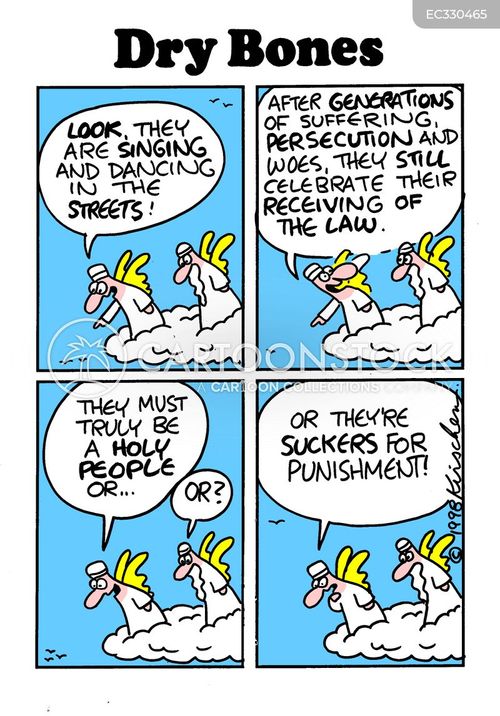

4) FOR KIDS

Click on the image above to open the youtube video





